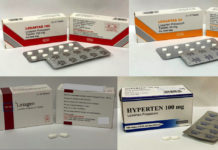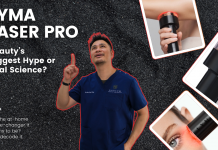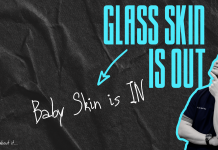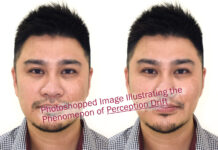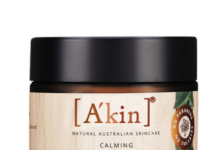
With hundreds and hundreds of sunscreens on the shelves these days, which is the best one to buy? Consumer Report (CR) and Enviromental Working Group (EWG)has released its Top Suncreens List for 2011.
The 2 lists, however, were often contradictory, as EWG’s list focused mainly on potential toxic side effects of the individual ingredients, while CR’s list focused on the effectiveness of the product.
I personally prefer CR’s list, as EWG had some points I diagreed with, such as advising against products containing Retinyl Palmitate (a form of Vitamin A), citing possible skin cancer risks. These claims have not been proven and require further validation by the FDA.
CR graded their sunscreens by subjecting them to tests which determined their ability to protect against UVA and UVB, as well as their water resistance.
The 3 sunscreens which came up tops in the CR report are:
1. Up & Up Sport SPF 30 (Target)
2. No-Ad with Aloe and Vitamin E SPF 45
3. Equate Baby SPF 50.
The Up & Up sunscreen is a spray while No- Ad and Equate are lotions.
Three other brands were rated highly for their UVA, UVB protection and reasonable price:
1. Banana Boat Sport Performance SPF 30
2. Coppertone Sport Ultra Sweatproof SPF 30
3. CVS Fast Cover Sport SPF 30.
2. Coppertone Sport Ultra Sweatproof SPF 30
3. CVS Fast Cover Sport SPF 30.
CR added that as a precaution, pregnant women may want to avoid sunscreens with retinyl palmitate. More research is needed to determine the cancer risk associated with Retinyl Palmitate, but as of now, the proven benefits of sunscreen outweigh any potential risks.
CR’s list proves that expensive is not always better – For example, La Roche-Posay Anthelios SPF 40 costs $18.82 USD per ounce, had a lower overall score than No-Ad with Aloe and Vitamin E SPF 45, which cost a mere $0.59 USD per ounce.
There were, however, some good points which EWG brought up:
1. Choose Sunscreens which contain physical blockers (zinc or titanium)
as they are the most stable, and offer the best protection against both UVA and UVB rays. Their non-irritating nature also makes them suitable for children and sensitive skin.
2. Beware of inadequate UVA protection
60% of the 500 U.S. sunscreens analysed with SPF ratings of 30 and above did not provide inadequate UVA protection. Opt for sunscreens with physical blockers for the best broad spectrum protection.
3. Beware of high SPF sunscreens
Studies show that high-SPF users are exposed to as much or more ultraviolet rays than people who use lower SPF products, the reason being a high SPF rating gives people a false sense of security – they wait too long before reapplying and stay out too long.
Remember that the most important thing is not the SPF rating, but to apply enough, and to reapply often.
References:





